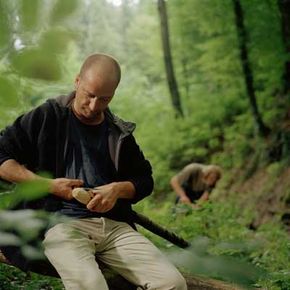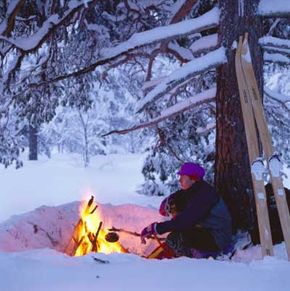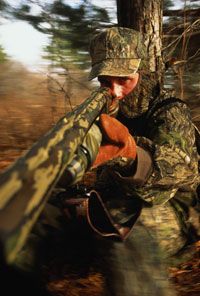Let's play a quick game of "Would You Rather" survival-style. If you were out in the Alaskan wilderness, by choice or circumstance, would you rather have a knife or a gun with you?
As you make your choice, consider the environment. Since the Alaskan wilderness covers an area of more than 90,000 square miles (233,098 square kilometers), you could encounter any number of survival situations. During the winter, you might wander over an expanse of snow and ice, and in the summertime, you're witness to greener foliage and ambling wildlife. You could be on the side of a mountain, on top of a glacier or in a forest.
Advertisement
Because of its role with many basic survival necessities, you're better off in the Alaskan wilderness, or any wilderness for that matter, with a knife.
But what about protecting yourself from wild animals? What good would a knife do if you're not alive to use it? Although a gun could certainly help you kill Alaskan predators, such as the black bears, Alaska's Department of Natural Resources warns that people with guns often hurt themselves more frequently than they do bears [source: Alaska Department of Natural Resources]. Also, grizzly bears, in particular, will usually shy away from attacking if you stand still, raise your arms and speak to the animal in a commanding voice.
How about shooting a gun as a distress signal? You can use reflective surfaces, like a large knife blade, to create a bright sunspot that you can flash three times as the international signal for rescue needed. If used correctly, people can spot this type of signal from more than 10 miles away (16 kilometers) [source: Tawrell]. And unless you want to lug around a cache of ammunition, a knife will likely prove more lasting for the long haul.
If you aren't convinced yet that knives are a cut above firearms, read the next page to learn more ways they can help you withstand the unique challenges of the Alaskan wilderness.
Advertisement


